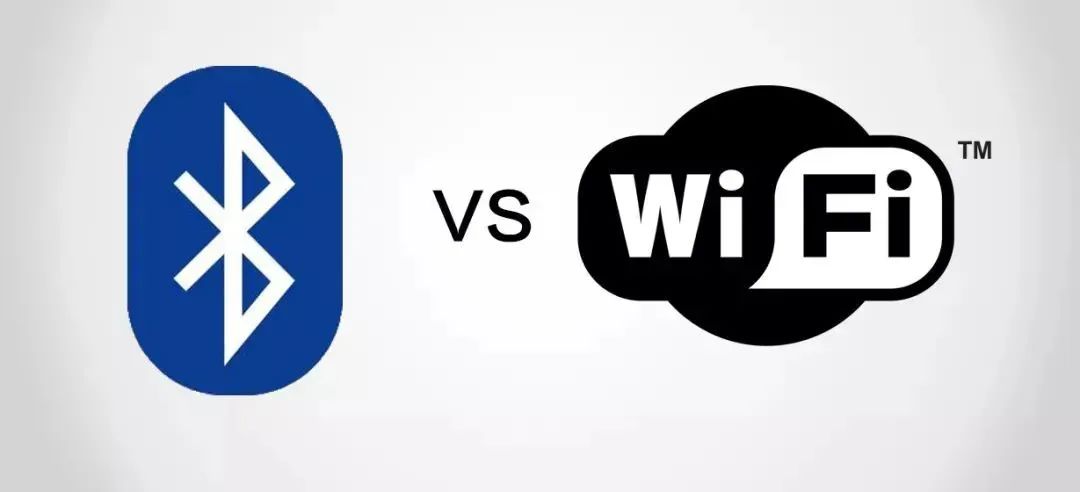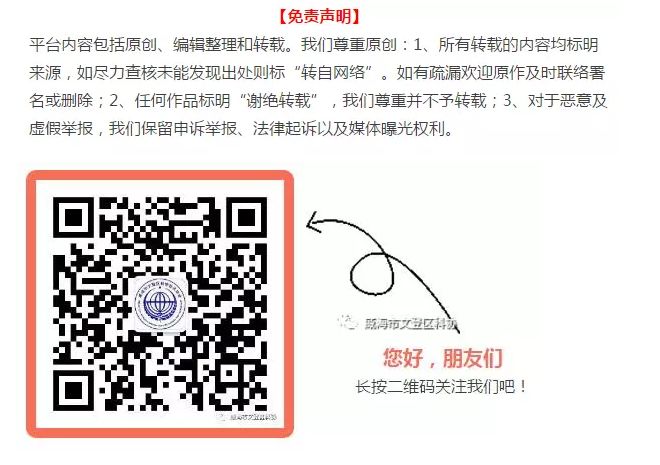
This story begins with a Danish king
Bluetooth is actually a short-range wireless communication technology, an open global standard for wireless transmission of voice and data. But why is it called “blue”? This traces back to the 10th century Danish King Harald Blåtand (Harald Bluetooth). King Harald ruled Denmark from around 958 to 986, known for his military prowess, ending the era of piracy and uniting the vast Nordic regions of present-day Norway, Sweden, and Denmark.

King Harald Blåtand
The Danish word Blåtand translates to Bluetooth in English, so this king is also known as Harald Bluetooth. There are many versions of the origin of this name; one legend suggests that the king loved to eat blueberries, which stained his teeth blue; some historians speculate that one of the king’s teeth was decayed and appeared blue.
In 1996, Ericsson, Nokia, Toshiba, IBM, and Intel planned to establish an industry association to jointly develop a short-range wireless connection technology. The development team hoped this wireless communication technology could coordinate and unify the work across different industrial fields, just like King Bluetooth did. Thus, this technology was named Bluetooth. The Bluetooth logo is a combination of the ancient Nordic letters ᚼ and ᛒ, which represents the initials HB of King Harald Blåtand. Thanks to this magical logo, the story of this Danish king has truly become legendary.

The meaning of the Bluetooth logo
With Wi-Fi available,
why still use Bluetooth?
Both are short-range communication technologies, and Bluetooth inevitably gets compared to Wi-Fi technology. So what are the differences?

First, in terms of usage, we often connect multiple devices to one Wi-Fi to access the internet, which is a one-to-many connection, while Bluetooth allows two devices to transfer data between them, which is a point-to-point connection. From this perspective, Bluetooth has higher data security.
Secondly, Bluetooth uses a microstrip antenna, which is small and easy to integrate into devices, and the cost of Bluetooth modules is very low, leading to a high penetration rate of Bluetooth devices; whereas Wi-Fi devices require separate network cards and routing equipment, making them more expensive and power-hungry.
In some scenarios, Bluetooth is more suitable than Wi-Fi. To protect user information and prevent QR codes from being stolen, some applications require users to enable Bluetooth for mutual verification between devices and phones. If this software uses the internet or Wi-Fi for authentication, poor network conditions can affect usability. In such cases, using Bluetooth for secure authentication is a more appropriate solution.
Does using Bluetooth consume power?
Currently, there are two types of Bluetooth: traditional Bluetooth and BLE (Bluetooth Low Energy). Traditional Bluetooth uses a point-to-point communication method that maintains a continuous connection, typically used for scenarios involving larger data volumes, such as Bluetooth headphones and audio devices.
BLE is a low-power Bluetooth technology. Compared to traditional Bluetooth, the biggest advantage of BLE is its fast search and connection speed and low power consumption. BLE can complete a connection (scanning devices, establishing connections, sending data, etc.) in about 3ms, quickly switching to a “non-connected” state after the task is done, significantly reducing power consumption, making the energy used negligible for mobile phones.



